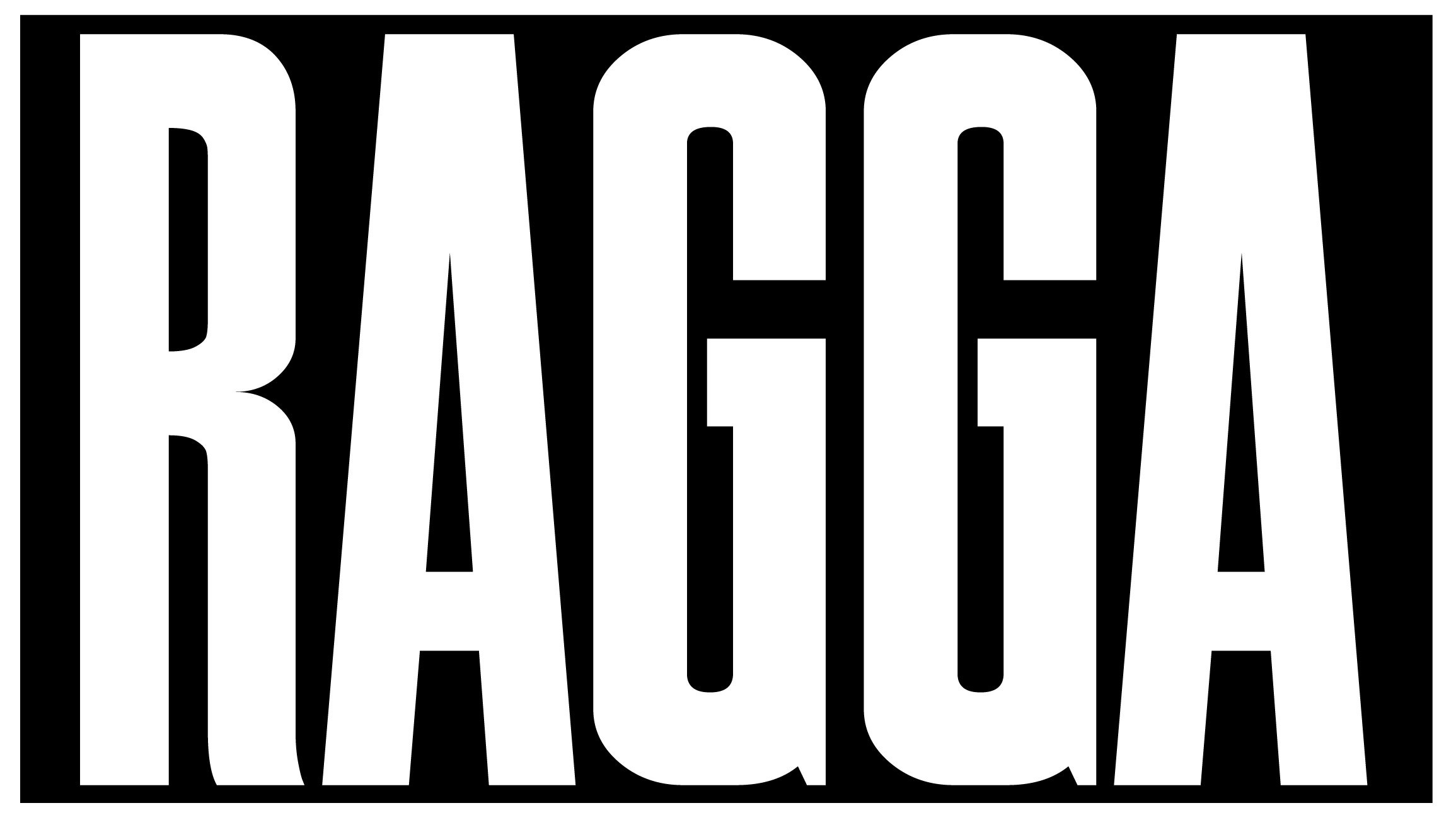
RAGGA NYC x Mercer Union
RAGGA’s 2nd group show featuring the work of RAGGA Toronto, NYC family members and kin. The show featured artists: Michèle Pearson Clarke, Martine Gutierrez, Oreka James, Aaron Jones, Tau Lewis, Sondra Perry, Diamond Stingily, Camille Turner, Christopher Udemezue, and Syrus Marcus Ware
June 22 2018 - August 11 2018

RAGGA NYC is a growing collective of Queer Caribbean artists and allies. Founded by Christopher Udemezue (Neon Christina), the group was created to make space for and nurture ties amongst a group of artists who feel a deep commitment to their ancestral and diasporic histories.
Working across various disciplines, ranging from visual art and poetry to performance and fashion, RAGGA NYC interweaves art-making, cultural practice and community building. The collective has at its base a longing for an authentic and extended network that could support one another through ideas and activity centered around solidarity, visibility and expression. As a growing contingent of many artists – each quite distinct in the form, style and concerns of their practice – RAGGA materializes the impact of collective assembly in practices of social emancipation and celebration.

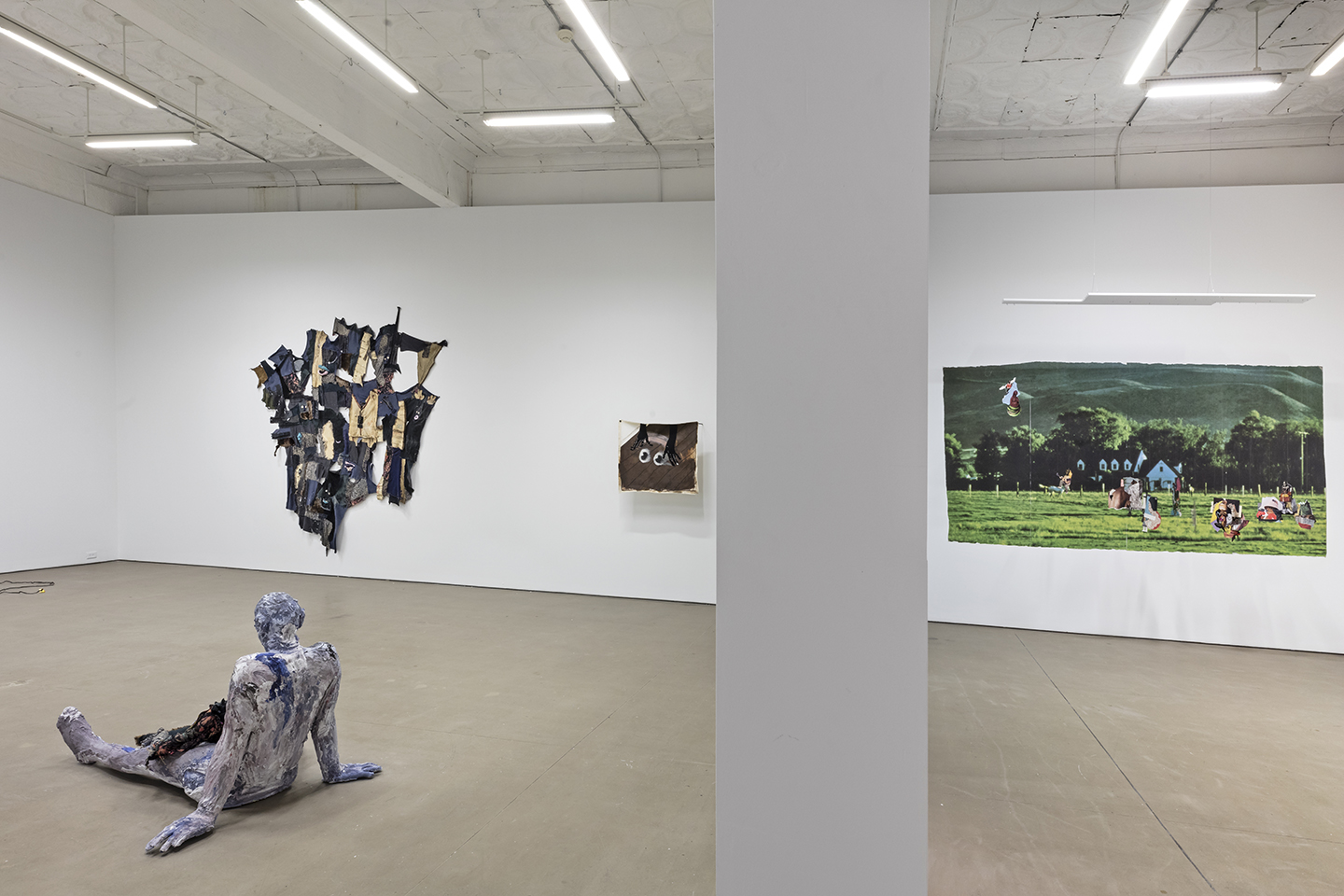


For Mercer Union’s summer season, the gallery has handed over resources to the collective as they make space for and incite new collaborations, friendships and expanded networks of support. RAGGA NYC is expanding its network of cultural producers with artists based in Toronto. To this end, the exhibition and coinciding public programming engages specifically with the practices of Oreka James, Aaron Jones, Tau Lewis, Michèle Pearson Clarke, Martine Gutierrez, Sondra Perry, Diamond Stingily, Camille Turner, Christopher Udemezue and Syrus Marcus Ware.
Considering the complexities of Caribbean heritage within Black life in North America, Jones’ playful yet confrontational collages evoke aggregate subjectivities, Gutierrez transforms physical spaces and the composed self to investigate gender and relationship fluidity through narratives of intimacy, heritage and feminine ideology, while Lewis’ sculptural improvisations of materials engrained with the past compose a certain migrant psyche.
Reckoning with the dehumanization of black identity, Perry challenges such representations through the malleability afforded by digital technology, while James offers an exploration of complicity in gazing at and rendering black figuration.
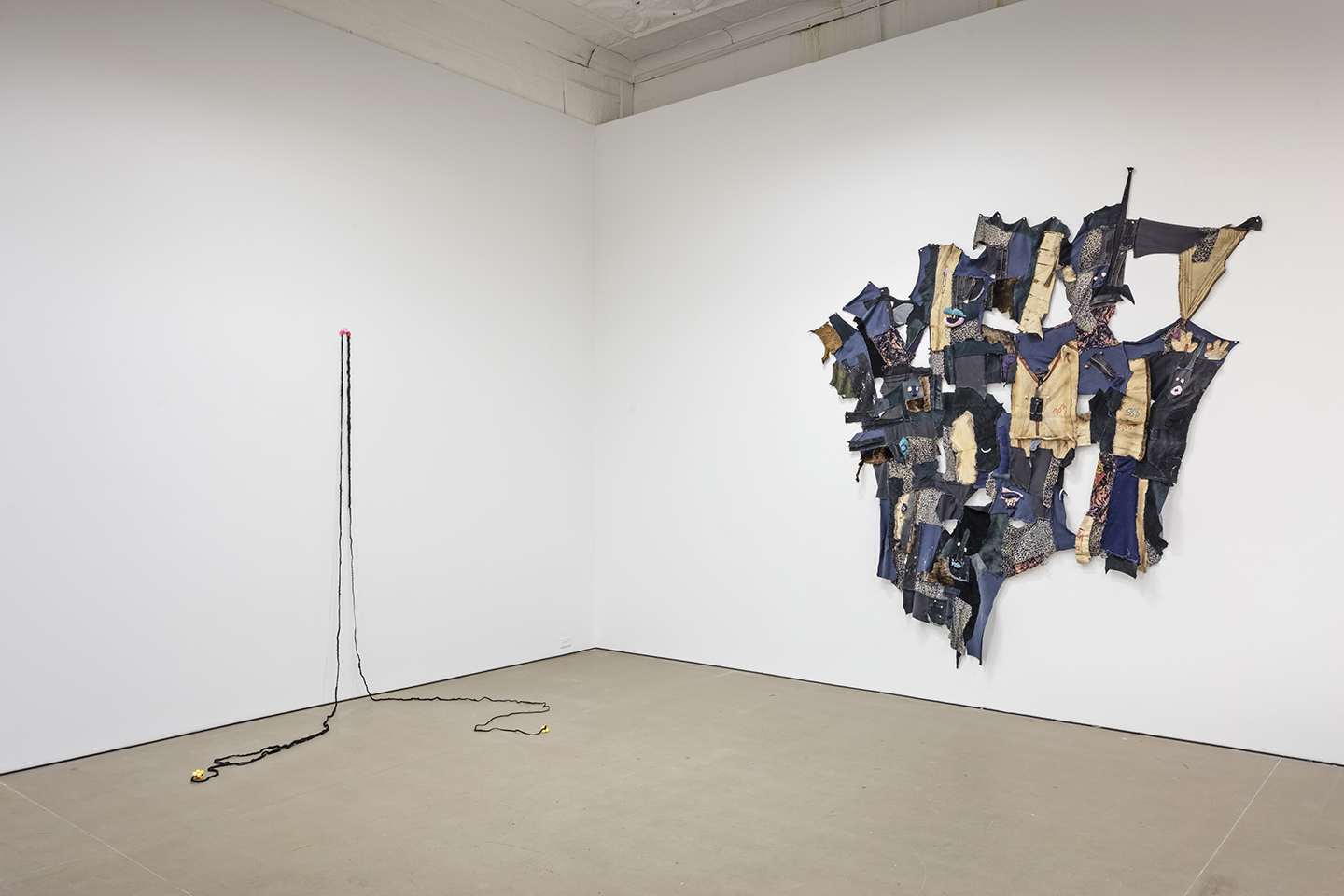
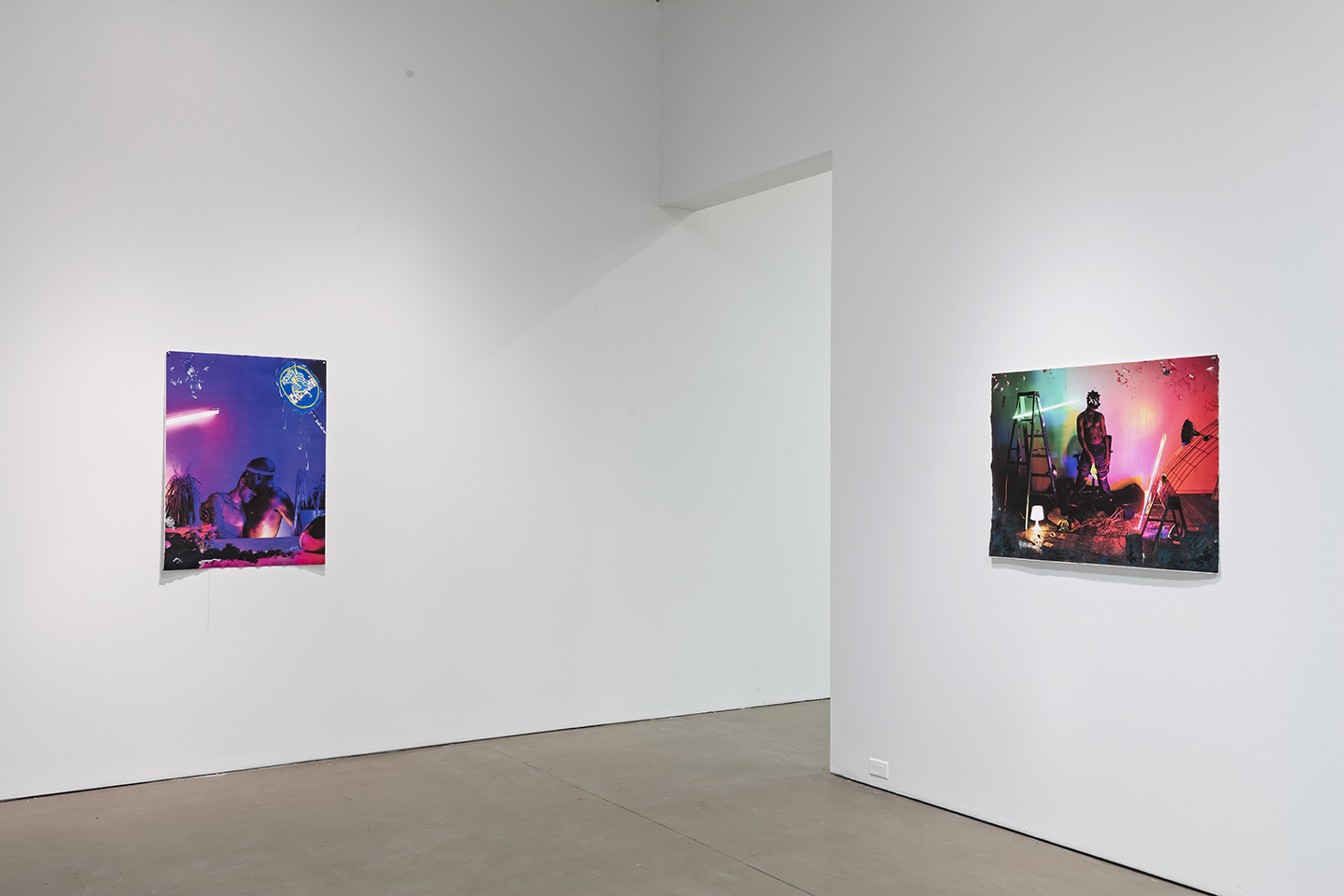


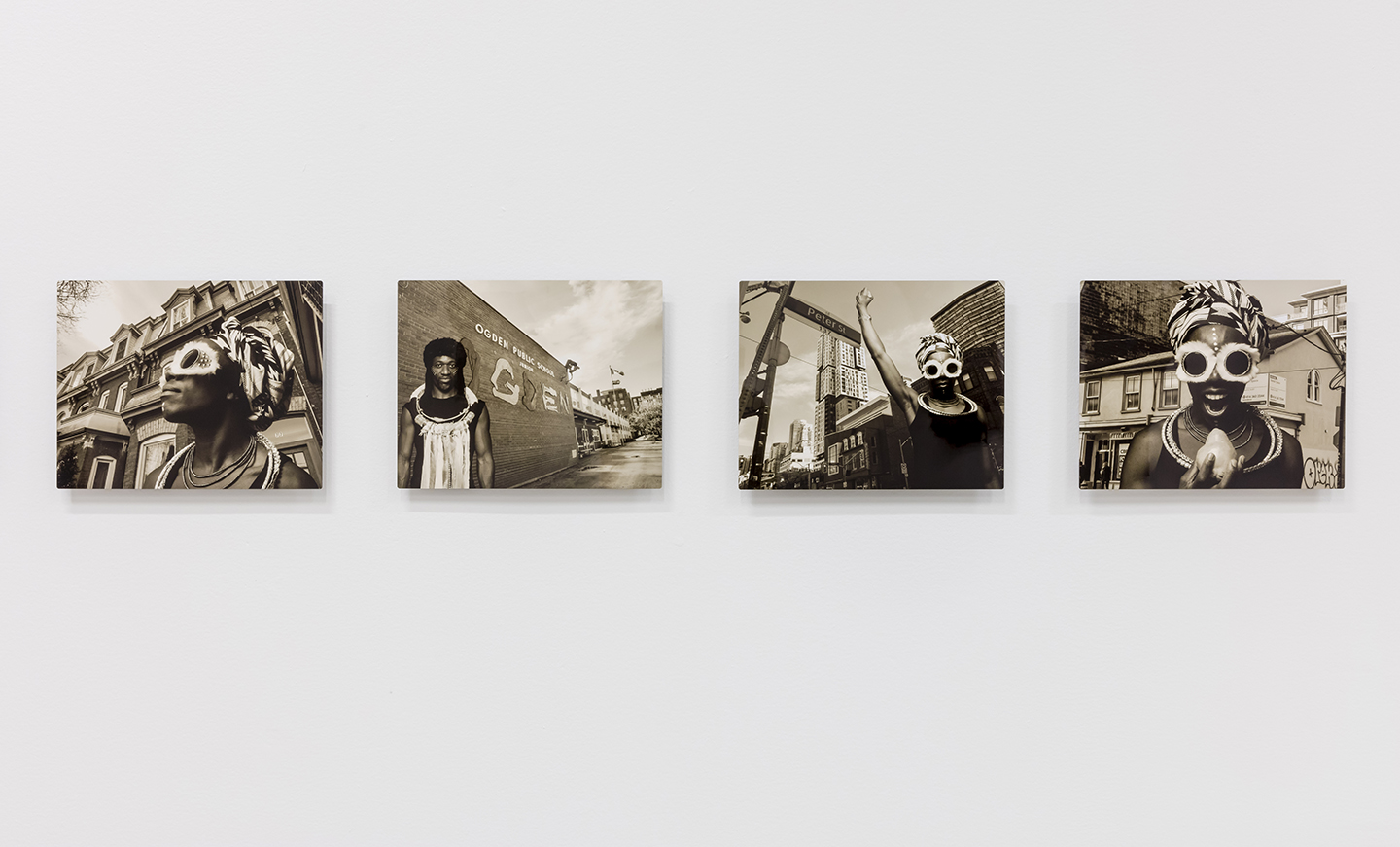

The contested space occupied emotionally and physically is made palpable in Stingily’s poetry and sculptural works, which recall mythology embedded in objects and materials that populated her childhood; in Turner’s performance-based confrontations of the politics of home and belonging, engaging Afrofuturist and historical research practices; and in Ware’s artistic practice and grounded activism that challenge systemic oppression while exploring the space between race, gender and sexuality.



And yet the nuances of Queer Caribbean life are celebrated, as in Udemezue’s reimagining of their Caribbean heritage, while a space for solidarity is carved out through practices like Clarke’s unearthing of longing and loss that marks the surface of contemporary life, and gestures towards repair.
The work of RAGGA NYC urgently addresses the absence of nuanced discursive or visual expressions of Queer Caribbean diaspora through organized grassroots gatherings and educational projects. To make space for such expressions to transpire, RAGGA will be hosting a range of public programs and community-driven events, including readings, workshops, film screenings and dinners.




